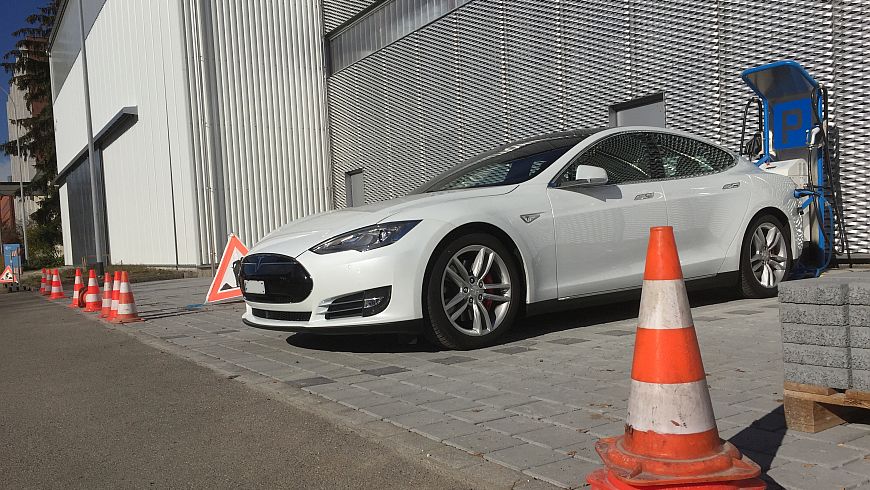White paper by Empa, PSI and BFH on CO2 legislation
Coupling efficient vehicles with renewable energy

Mobility on the roads plays an important role in the economic and societal development of Switzerland. At the same time, it is also responsible for about one third of all end-user energy consumption in the country and nearly 40% of all CO2 emissions. Steps to reduce these values were therefore introduced as part of the energy, CO2, and mineral-oil taxation legislation framework. These measures include energy labels and target CO2 emission levels for private cars, as well as relief from the mineral-oil duty for renewable fuels.
The CO2 legislation is of particular significance for the automobile industry, as non-compliance with the stipulated target emissions will result in punitive levels of duty being applied. Currently, if target emission values are exceeded by more than 3 gm/km of CO2 then a surcharge of CHF 142.5 per gm is levied. This is equivalent to paying CHF 600 per tonne of CO2 over the operating lifetime of the vehicle, assumed to be 225,000km (based on 15 years at 15,000 km annually). Private vehicle CO2 emissions are therefore a very expensive proposition, for which reason the suggested measures are expected to be very effective. They therefore represent an excellent opportunity to encourage the reduction of these emissions.
Alternative drive techniques (such as hybrid, electric and fuel cell based systems) and renewable fuels are being discussed as measures to cut carbon dioxide emissions. Alternative drives are, however, primarily methods to improve efficiency. A decisive reduction in overall CO2 emissions can only be achieved through the use of fuels based on renewable energy sources. This fact is, however, not given adequate weighting in today’s legislation covering private vehicles. From the scientific point of view, therefore, the current regulations urgently need to be modified, as proposed by Empa, PSI and BFH in their white paper regarding the revision of the CO2 emission regulations.
The recommendation for the revision of the CO2 legislation is based on the introduction of combined vehicle-fuel units (initially only applied to vehicles with internal combustion engines):
- It should be permitted in future to sell vehicles in combination with a fuel packet.
- The (proven) reduction in emissions achieved through the use of the fuel packet should be accepted as the relevant value in terms of the CO2 legislation for that particular vehicle-fuel combination.
- These measures should be limited to vehicles which are already efficient (i.e. those which already meet the relevant CO2 emission targets) and be valid only for synthetic fuels, since biogenic renewable fuels have already been granted tax relief within the framework of the mineral oil duty legislation.
In this context, renewable energy primarily means hydroelectric power (which in today’s electric power market is no longer economic, particularly in summer) and renewable electric power (such as photovoltaic power produced at midday during the summer), both of which must be stored. These usable forms of electric power, which cannot be fed directly into the power grid, can be used for powering electric vehicles or for the electrolytic generation of hydrogen, either for use directly in fuel-cell powered vehicles or indirectly (by methanization with CO2) for powering gas-fuelled vehicles. These various concepts differ in terms of efficiency and storability, with electric vehicles being the most efficient and gas-fuelled vehicles having the greatest storage capabilities thanks to the gas distribution network. Fuel-cell based vehicles lie somewhere in between. However, high efficiency is just as important as large storage capacity for future energy supplies, so from the energy systems point of view these three concepts can be viewed as being of equal importance.
-
Share
